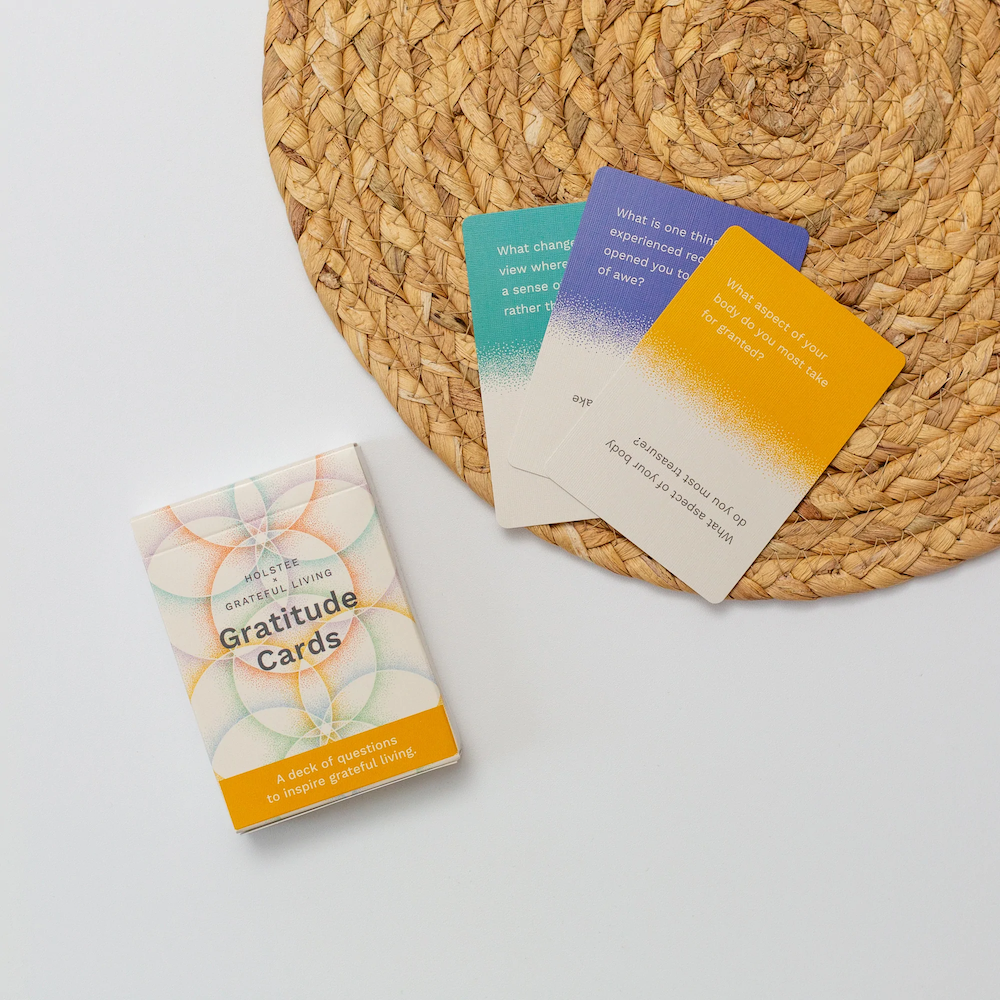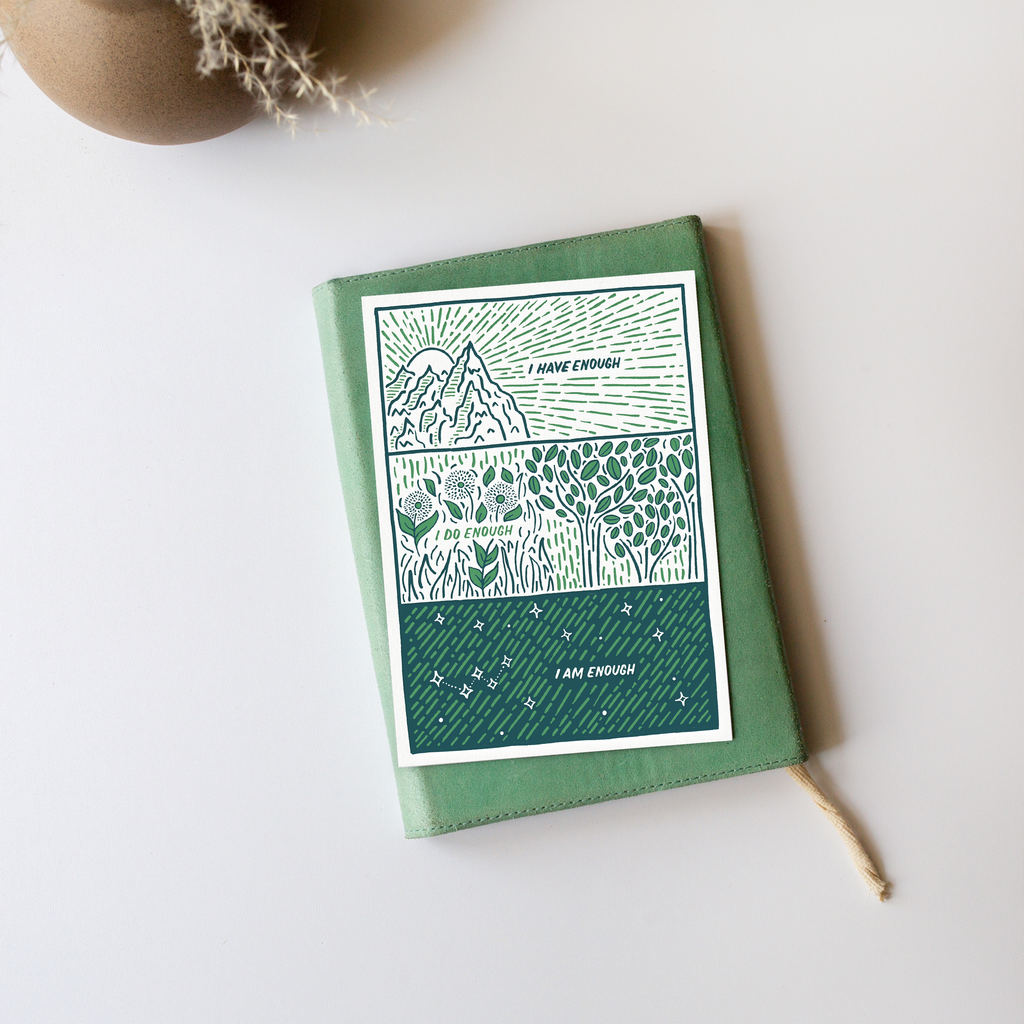This article contains:
- Introduction to Stoicism
- The History of Stoicism
- Who were the Stoics?
- What are the main principles of Stoic philosophy?
- What are ways people practice Stoicism today?
- Where can I learn more about Stoicism?
Introduction to Stoicism
Simply put, Stoicism was designed to help people live their best possible lives.
It’s a philosophy of life that maximizes positive emotions, reduces negative emotions and helps individuals to hone their virtues of character.
At any moment, in any situation, and at any stage of life, Stoicism provides a framework for living well. It reminds people of what is truly important, providing practical strategies to get more of what is valuable.
Stoicism was deliberately created to be understandable, actionable and useful. Practicing Stoicism doesn’t require learning an entirely new philosophical lexicon or meditating for hours a day. Instead, it offers an immediate, useful and practical way to find tranquility and improve one’s strengths of character.
The creation of this guide has these goals in mind.
Stoicism is having a renaissance with entrepreneurs, athletes, and politicians. If you have an interest in learning more about Stoicism, or if you want to explore answers to some of life’s most significant questions, please read on! Let us know what you think in the comment section below.
Let's start by learning a bit more about Stoicism.
This History of Stoicism Philosophy
Stoicism is a school of philosophy that hails from ancient Greece and Rome in the early parts of the 3rd century, BC.
It's important to keep in mind how differently people thought then.
People's primary concern was to avoid living an unfortunate life. Therefore, they were more likely to order their thoughts, decisions, and behaviors to promote increased life satisfaction. One of the most important things to keep in mind is individuals didn’t automatically assume that they would achieve happiness by attaining money, prestige, and or beautiful things. With great urgency, people wanted to understand how they could have an excellent soul.
Stoicism was one of the famous schools of thought during this period because the Stoics provided compelling answers to anxiety, stress, fear, and troubling questions like “What do I want out of life?” The Stoics offered an operating system that dealt with the trials of the human condition.
Their ultimate answer to all of these issues (essentially) went as follows: I want enduring happiness and tranquility of mind, which come from being a virtuous person.
For instance, a person could hone virtues of character by placing more value on actions over words. In short, positive behavior lead toward a more positive life experience. And, you guessed it-- negative behavior resulted in a more challenging one.
In summation, Stoicism was an ancient school of philosophy that taught a particular way of living. Its principal focus was how to live a virtuous life, to maximize happiness and reduce negative emotions. Its value has been tried and tested over much of human history by renown individuals like George Washington, Thomas Jefferson, Arianna Huffington, Tom Brady, Tim Ferriss and more.
Its principles may have started long ago, but Stoic strategies are as relevant today as they were in ancient times.
Who were the Stoics?
A handful of thinkers helped to form the Stoic philosophy. This section will provide pertinent information about several of the most famous Stoics, as well as what they contributed to the Stoic Philosophy.
Marcus Aurelius

Marcus Aurelius was one of the most influential human beings in human history. He was the head of the Roman Empire for two decades, at a time when it was one of the largest and most influential civilizations the world had ever seen. And despite being an individual of limitless power - who could do whatever he pleased with impunity - emperor Aurelius ardently practiced and lived the Stoic philosophy.
He wrote nightly in his journal about his struggles to live as a restrained, wise and virtuous human being. He wrote them for himself entirely, later his writings were uncovered, collected, and published under the title Meditations. The collection is now recognized as one of the most influential Stoic texts. His writings are a direct look at the thoughts of a practicing Stoic, and he stands as an incredible example of how Stoic strategies can help individuals deal with stressful situations.
Lucius Annaeus Seneca
Lucius Annaeus Seneca was a statesman, a dramatist, and a writer, which gave him real charisma and a way with words. He had a particularly simple, entertaining and memorable way of explaining Stoicism, which has placed his writings among the very best ways for beginners to engage with the philosophy. Also, Seneca’s thoughts resonate with modern audiences, due to his unusually practical considerations of topics like friendship, mortality, altruism and the proper use of time. Give one of Seneca’s more popular texts a read here -Letters from a Stoic. And listen to why Seneca offers some of Tim Ferriss’ favorite life hacks here - The Tao of Seneca.
Zeno of Citium
Stoic philosophy started with Zeno of Citium. Having shipwrecked near Athens, he turned his misfortune into an opportunity by taking advantage of all the philosophical resources available in the city. He sat in on lectures from the other schools of philosophy (e.g., Cynicism, Epicureanism) and eventually started his own. He would teach his theory on the Stoa Poikile (a famously painted porch in Athens), and it is from this Greek word for porch “stōïkos” that the term Stoicism came.
Epictetus
Epictetus, a former slave, improved his station in life to become one of Stoicism’s most analytical thinkers. Epictetus’ handbook, The Enchiridion, is an especially practical look at how to implement the Stoic philosophy in one’s life. He had a particular talent for explaining how Stoic strategies improve one’s quality of life and made a compelling case for why one might want to make Stoicism their primary operating system. Many of his teachings have become recognizable, without being known as his. For instance, one of his principles is at the basis of the: serenity prayer: “God grant me serenity to accept the things I cannot change, Courage to change the things I can, And wisdom to know the difference.”
What are the main principles of Stoic philosophy? (Getting to the heart of the Stoicism meaning and Stoicism beliefs)
The Stoic philosophy changed over time, shifting focus from logic and physics - to more psychological concerns like tranquility and well-being. Also, the Stoics could never convene to affirm all of their tenants precisely, but there are certain principles at the core of the Stoic operating system. Here are some of the most important beliefs and strategies that the Stoics recommend to live a better life.
Importantly, these are not just interesting ideas to think about and then forget, they are meant to be practiced every day of one’s life.
“Waste no more time arguing what a good man should be. Be One.”
– Marcus Aurelius
- As the philosophy developed, the Stoics came to have very little patience for purely theoretical contemplation. They focused less on pondering for the sake of it and more on real-world pragmatism.
- In the real world, you need to arrive at an answer and take action. A true Stoic is not an “armchair philosopher,” but someone who gets out and lives by their theory.
- Also in this quote, one can immediately see the Stoic concern for a righteous life. Stoics think that a good life is one of moral action. If you want to live well, you have got to be a morally just person.
“The chief task in life is simply this: to identify and separate matters so that I can say clearly to myself which are externals not under my control, and which have to do with the choices I actually control. Where then do I look for good and evil? Not to uncontrollable externals, but within myself to the choices that are my own…”
– Epictetus
- Stoics acknowledge that people don’t have control over all, or even much, of what happens in life. And they emphasize that worrying about things outside of their control is unproductive, or even irrational to a person who wants to attain tranquility.
- The Stoics would have us remind ourselves daily - to actively differentiate between what is and is not under control - to not waste energy over uncontrollable adverse events.
- Where many people worry endlessly about things out of their control, the Stoics think their energy is better spent thinking of creative solutions to problems, rather than the issues themselves.
“No person has the power to have everything they want, but it is in their power not to want what they don’t have, and to cheerfully put to good use what they do have.”
– Seneca
- Living as a Stoic does not mean you must live without material goods. In fact, the Stoics think that material goods are just - to the extent that they serve your happiness and ability to live virtuously.
- However, Stoics are hyper-aware of the power of consumerism over their tranquility and decision-making. Many individuals spend a significant portion of their days upset about not having a more beautiful car or a bigger home, even though they have excellent health and more possessions than most.
- Seneca was known to practice days of poverty, where he would fast and wear unfashionable clothing, to remind himself that people do not require luxuries to live a good life. All in all, individuals have enough to get by and be happy, yet they are upset about their lives because they maintain an insatiable desire for more.
- Stoics consciously try not to suffer over what they lack. Instead, they guide their awareness towards gratitude for what they have.
“I judge you unfortunate because you have never lived through misfortune. You have passed through life without an opponent—no one can ever know what you are capable of, not even you.”
– Seneca
- The Stoics take a very different view of misfortune than most people. They expect mishaps and use them as opportunities to hone their virtues. That is not to say that they are glad when troubles beset them, but they try not to lament them needlessly, and they actively seek benefit wherever possible.
- Imagine breaking a leg and needing to sit in bed for four months while it heals. A Stoic would attempt to guide their thoughts away from useless “woe is me” rumination and focus instead on how they might do something productive while bedridden (e.g., write their first book). They would try to reframe the event as a way to cultivate their patience and become more creative.
- Where there is an adverse event, Stoics try not to let it ruin their tranquility, and instead, they try to derive character-building benefits wherever possible.
“External things are not the problem. It’s your assessment of them. Which you can erase right now.”
– Marcus Aurelius
- The Stoic way of life has made its way into modern Psychology. Cognitive Behavioral Therapy, or CBT, is based on the idea that how we think (cognition), how we feel (emotion) and how we act (behavior) all interact together. Specifically, our thoughts determine our feelings and our behavior. So Stoicism is an ancient thought that has been proven by modern psychological science!
- In many ways, one’s thoughts determine their experience of reality. For two people who undergo the same hardship, their differing assessment of that same misfortune can result in entirely different emotions and behaviors. Where one may feel utter despair at the loss of a job, another may feel liberated and hopeful about the opportunity.
- Monitoring one’s inner critic towards greater optimism can be a boon to psychological well-being. Remember, it is not the event itself that makes one upset, but one’s thoughts about it.
“Let us prepare our minds as if we’d come to the very end of life. Let us postpone nothing. Let us balance life’s books each day. … The one who puts the finishing touches on their life each day is never short of time.”
- Seneca
“Keep death and exile before your eyes each day, along with everything that seems terrible— by doing so, you’ll never have a base thought nor will you have excessive desire.”
- Epictetus
- “Memento Mori” has been an important concept in many philosophies, from the Stoics to the Existentialists. It means “remember that you will die.” While this may seem morbid, Stoics like Epictetus & Seneca believed that contemplating one’s mortality can lead to more gratitude and virtuous action.
- Instead of always wanting more, this exercise reminds the Stoic to appreciate what they have, while they have it. Or in other words, Stoic philosophy can help you appreciate good like health and well-being while they have them.
- When one remembers that their lives are not infinite, it tends to clarify what is really important. This idea is often summed up as advice given in the form of “You could get hit but a bus tomorrow.” Again it seems morbid, but the point is to get out and live today. Don’t stress so much about the little things, and ensure that you carpe that diem, as you won’t always have another chance.
“The good or ill of a man lies within his own will.”
- Epictetus
- It ought to be said at least once more - that virtue is the primary concern of the practicing Stoic. More important than wealth or even health, excellence of character is the highest good.
- A Stoic thinks that as long as they think and behave virtuously (things which are always under their control), that they need not concern themselves with the impact of external events that lay outside of their control.
- Whether or not people are rude or one experiences an unending streak of bad luck is irrelevant, as long as the Stoic responds in virtuous ways - he/she can rest easy in knowing that they’re living a good life.
What are ways people practice stoicism today? (What is a stoic in modern times?)
Tim Ferris on practicing famine:
“Practicing poverty or practicing rehearsing your worst case scenario in real life, not just journaling, not just in your head, I find very, very important.
For instance, I will regularly, three continuous days per month minimum, practice fasting. I will do that from early Thursday dinner to an early Sunday dinner to simply expose myself to the rather, often unfamiliar, sensation of real hunger.
The more you schedule and practice discomfort deliberately, the less unplanned discomfort will throw off your life and control your life.”
-Tim Ferris
Find more exercises from renown modern day stoics here.
Ryan Holiday on the Premeditation of Evils:
“Practice premeditatio malorum (a premeditation of evils). Everyone talks about positive visualization. The stoics practice negative visualization. Think about what could go wrong, accept that it is a possibility, prepare for it, proceed anyway. Don’t be caught by surprise by misfortune, be ready for it.”
- Ryan Holiday
Find more Stoic exercises to try on a daily basis here.
Where can I learn more about Stoicism?
A Guide to the Good Life: The Ancient Art of Stoic Joy by William Irvine
The Daily Stoic: 366 Meditations on Wisdom, Perseverance, and the Art of Living by Ryan Holiday
The Obstacle Is the Way: The Timeless Art of Turning Trials into Triumph by Ryan Holiday
Stanford Encyclopedia of Philosophy
The Psychology Podcast, ft. Ryan Holiday on Stoicism
Tim Ferris - On The Shortness of Life: An Introduction to Seneca
Ryan Holiday's website features many articles on Stoicism
How to be a Stoic, website dedicated to practical Stoicism by Massimo Pigliucci
List of Stoicism themed podcasts
___________________________________________
Written by Taylor Kreiss. Taylor writes about positive psychology to help people live their best lives! See more of his work and learn more about Taylor on his site.
Begin your day feeling grounded and inspired.
A free 30-day email series where we share the most impactful stories and ideas that have helped us on our journey to live a more meaningful life.
✌️ Free. Unsubscribe anytime.






















